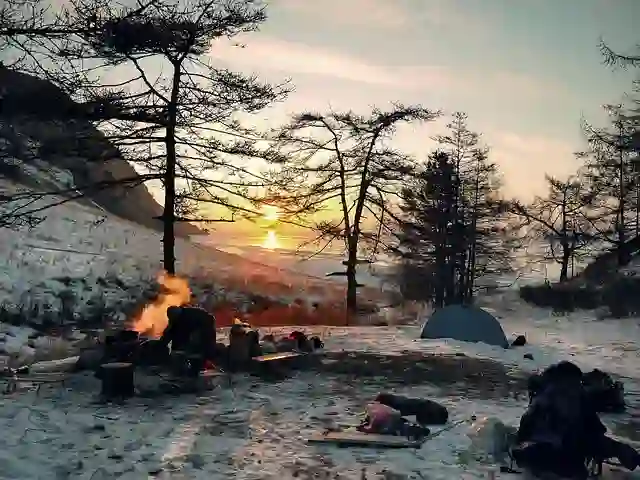Wilderness survival is an essential skill that can save your life when you find yourself lost or stranded in the wild. It requires a combination of knowledge, skills, and mental strength to overcome the challenges posed by nature’s most extreme environments. In this blog post, we will cover some basic tips for wilderness survival, including how to stay alive in forest and jungle, desert, mountain, and other harsh environments.
Introduction to Wilderness Survival
Before venturing into any wilderness area, it is crucial to prepare adequately. This includes carrying appropriate gear, such as a knife, water bottles, food rations, first aid kit, and navigation tools like maps and compasses. You should also research the terrain and weather conditions of the area you plan to visit and learn about potential hazards, such as dangerous animals or natural disasters.
Basic Skills for Forest and Jungle Survival
Forest and jungle survival require different techniques than those used in other environments. Here are some basic skills you need to know:
Building shelter: Look for sturdy trees with thick branches that can support a lean-to or a tent. Use leaves, twigs, and vines to create insulation against cold temperatures.
Collecting water: Water sources may be scarce in the forest or jungle, so you must collect rainwater or dig holes near streams to access groundwater. Boil water before drinking to avoid contamination from bacteria or parasites.
Hunting and gathering: Learn to identify edible plants and animals in the forest or jungle. Set traps using snares or deadfalls to catch small game like rabbits or squirrels.
Desert Survival: How to Stay Alive in the Harshest of Environments
Surviving in the desert requires specialized skills due to its arid climate and high temperatures. Here are some tips on how to stay alive in this environment:
Hydration: Drink plenty of water and limit physical activity during peak heat hours. Carry extra water containers if possible, and use solar stills or condensers to extract moisture from the air.
Shelter: Find shade under rocks or caves during daytime and build a fire at night to keep warm. Use reflective materials to direct sunlight away from your body.
Food: Eat high-energy foods like nuts, dried fruits, and energy bars. Avoid eating cactus or other thorny plants that can cause dehydration.
Mountain Survival Tips: Conquering Nature’s High Altitudes
Mountains present unique challenges for survival, including low oxygen levels and unpredictable weather patterns. Here are some tips for mountain survival:
Clothing: Dress appropriately for the altitude and temperature. Wear layers of clothing that can be easily removed or added depending on the weather.
Navigation: Use topographic maps and GPS devices to navigate through rugged terrain. Be aware of potential hazards like steep drops and loose rock formations.
Safety: Always travel with a partner or group and inform someone of your planned route and expected return time.
The Art of Fire-making and Shelter Building in Extreme Environments
Fire-making and shelter building are critical skills for wilderness survival. Here are some tips on how to make fires and build shelters in extreme environments:
Fires: Use flammable materials like dry wood, paper, or cloth to start a fire. Create a tinder bundle using small sticks and grasses, then add progressively larger pieces of wood until the fire is burning steadily.
Shelters: Build a simple lean-to or tent using tarpaulins, ropes, and poles. Insulate the floor with leaves or pine needles to protect against cold temperatures.
Conclusion
Wilderness survival requires preparation, knowledge, and practice. By mastering these basic skills, you can increase your chances of survival in even the most extreme environments. Remember to always carry appropriate gear, research the terrain and weather conditions, and remain calm and focused in emergency situations. With these tips, you can confidently embark on your next adventure knowing that you have what it takes to thrive in nature’s most extreme environments.
